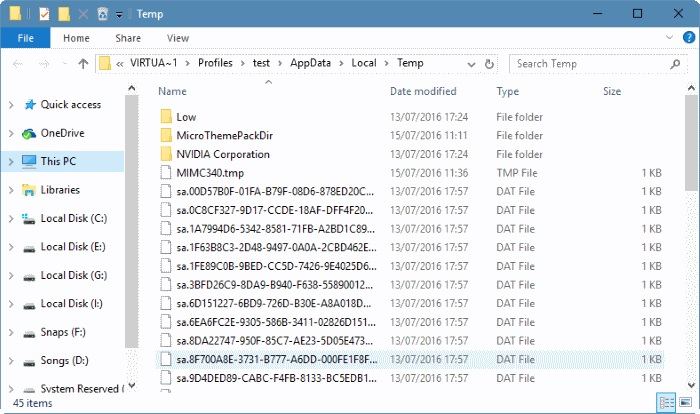
(Self-Monitoring, Analysis, and Reporting Technology) is a supplementary component built into many modern storage devices through which devices monitor, store, and analyze the health of their operation. Price: free trial available ($89.S.M.A.R.T.Best for: verifying and repairing startup disk on Mac.Note: For OS X Yosemite or older versions, use the two buttons on the right corner “Verify Disk” and “Repair Disk” instead. If your Mac is with OS X El Capitan, macOS Sierra, or the latest High Sierra, select Macintosh HD on the left and click on First Aid.Ī new window will pop up asking you whether you’d like to run, just hit yes to continue. If your budget allows, consider upgrading to an SSD. Otherwise, you may need to replace it right away. If it shows “Verified”, that means your hard drive is not failing. Highlight the hard disk name on the left, then check the status from the table (see above). S.M.A.R.T helps you get a basic idea of the health of your Mac drive. SMART (Self-Monitoring Analysis and Reporting Technology) is an internal monitoring system that is included in almost all Mac hard drives (HDDs and SSDs). Status with the built-in Disk Utility on macOS.


The first handy thing you can do is check the S.M.A.R.T. So, we’ve added a “Best for” note under each app, hopefully, this helps get the right app for you. Kind Tip: We understand that your time is precious and it’s unlikely that you’ll be able to install all the 6 apps we recommend below. Today, we’re going to show you six great tools to check Mac hard drive health, from speed test, disk verifying/monitoring/repairing, bad sector checking, we cover them all.

This is usually optional, but we recommend you do so just in case. It may sound simple, but it takes time to well execute the two little tasks.įor data backup, we recommend Time Machine (the built-in app already exists on your Mac), and if you can, use a Mac drive clone software as a secondary backup solution.

#1: Check the drive health, and #2: backup the data on a regular basis. Is there anything we can do to extend a hard drive’s life? Plenty of.īut, you never know when your Mac drive is going to fail or crash…and if that does happen, it’s a disaster for all the files you’ve saved on that drive. It doesn’t matter whether your Mac is with a spinning hard disk drive (HDD) or a solid-state drive ( SSD).ĭata shows that 22% of hard drives fail in their first four years. Hard drives fail, and they eventually will.


 0 kommentar(er)
0 kommentar(er)
